The former Weehawken dueling grounds where founding father Alexander Hamilton was the most notable participant are marked with a bronze bust of Hamilton.

The monument, along Hamilton Avenue in Weehawken, stands above the former field where a series of duels were held between the early 1700s and the 1840s.
The bust was dedicated in 1935 and rededicated in 1993. The bust was originally mounted on a sandstone boulder where Hamilton rested briefly before he was rowed back to Manhattan after being mortally wounded in a famous duel with Vice President Aaron Burr on July 11, 1804.
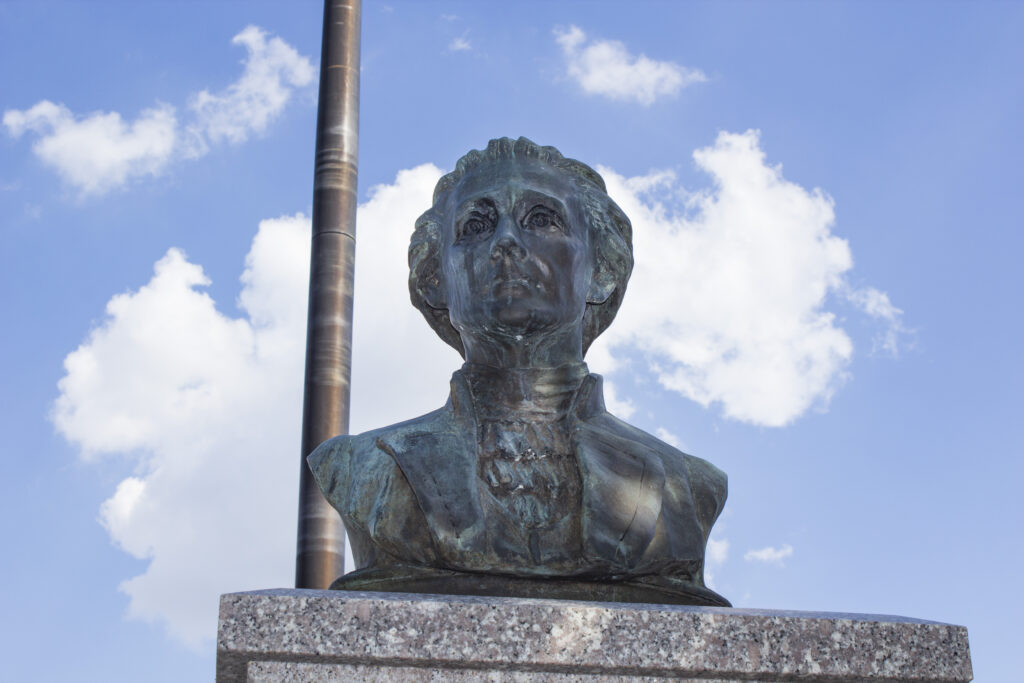
The duel followed years of animosity and political disputes between the men that were capped by Hamilton allegedly making disparaging remarks about Burr’s character during a private dinner in March of 1804.
The boulder, which stands next to a granite pillar supporting the Hamilton bust, was moved from the dueling grounds to the ridge overlooking the site after railroad tracks were laid across the dueling field in the 1870s.
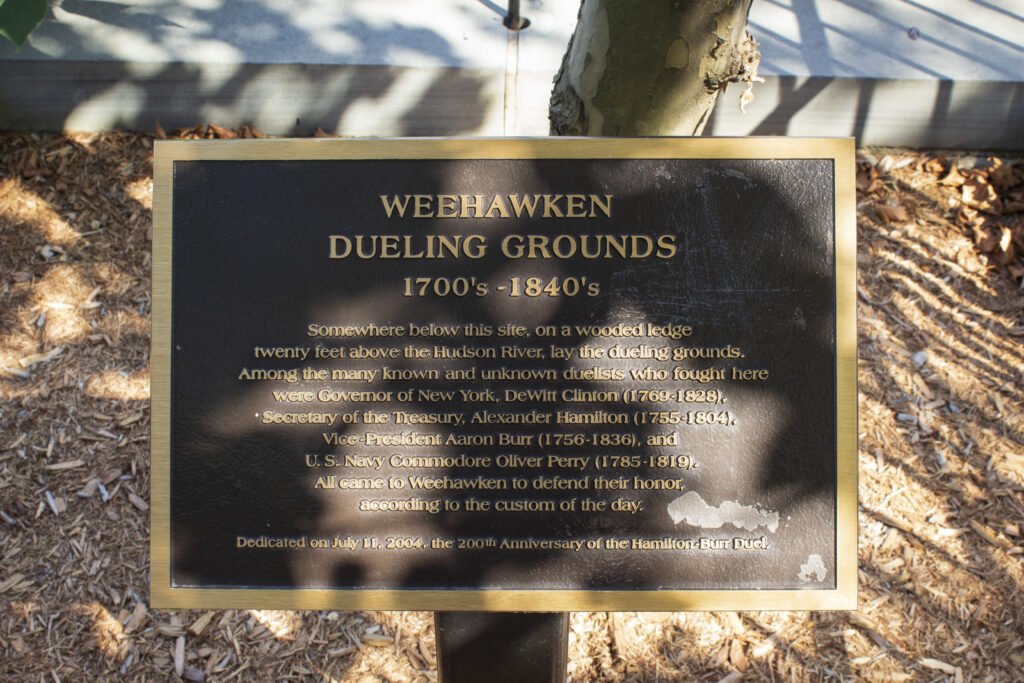
The boulder bears an inscription reading, “Upon this stone rested the head of the patriot soldier, statesman and jurist, Alexander Hamilton, after the duel with Aaron Burr.” The carving on the boulder replaces the inscription on a bronze plaque that was stolen in the 1980s.
Plaques providing additional information about the Hamilton-Burr duel, and other duels at the site, were added in 2004.
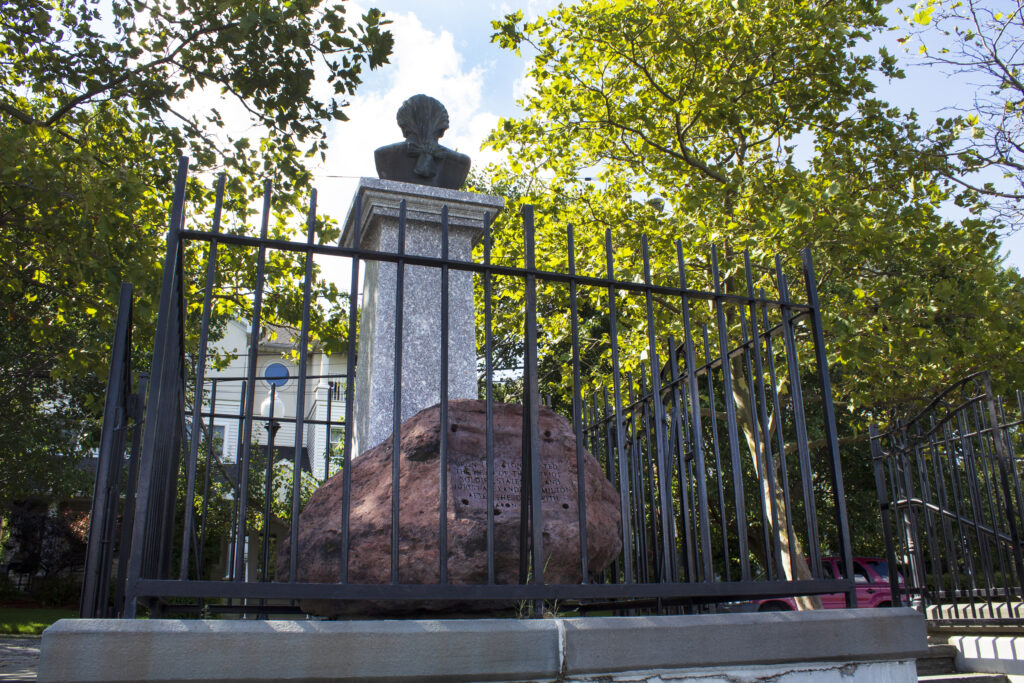
The Weehawken site, accessible only by boat at the time, was used because duels were illegal in New York. The top of the ridge where Hamilton Avenue sits provides a spectacular view of the west side of Manhattan.
The memorial is the latest of several honoring Hamilton, who served as a general in the American Revolution as well as the country’s first Treasury secretary.
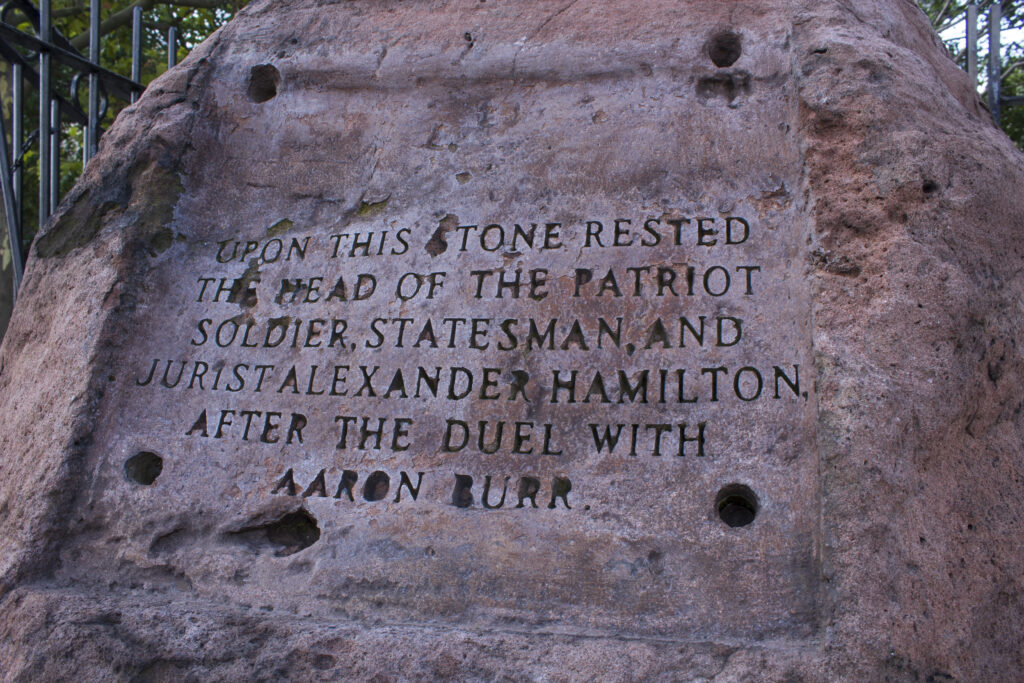
The first memorial to Hamilton was an obelisk on the dueling grounds that was designed to honor Hamilton and to provide a warning to potential duel participants. The monument was removed in the 1820s after it was vandalized by souvenir hunters.
A stone bust of Hamilton, dedicated in 1894, was destroyed in 1934 after being removed from its mount and thrown down the cliff.

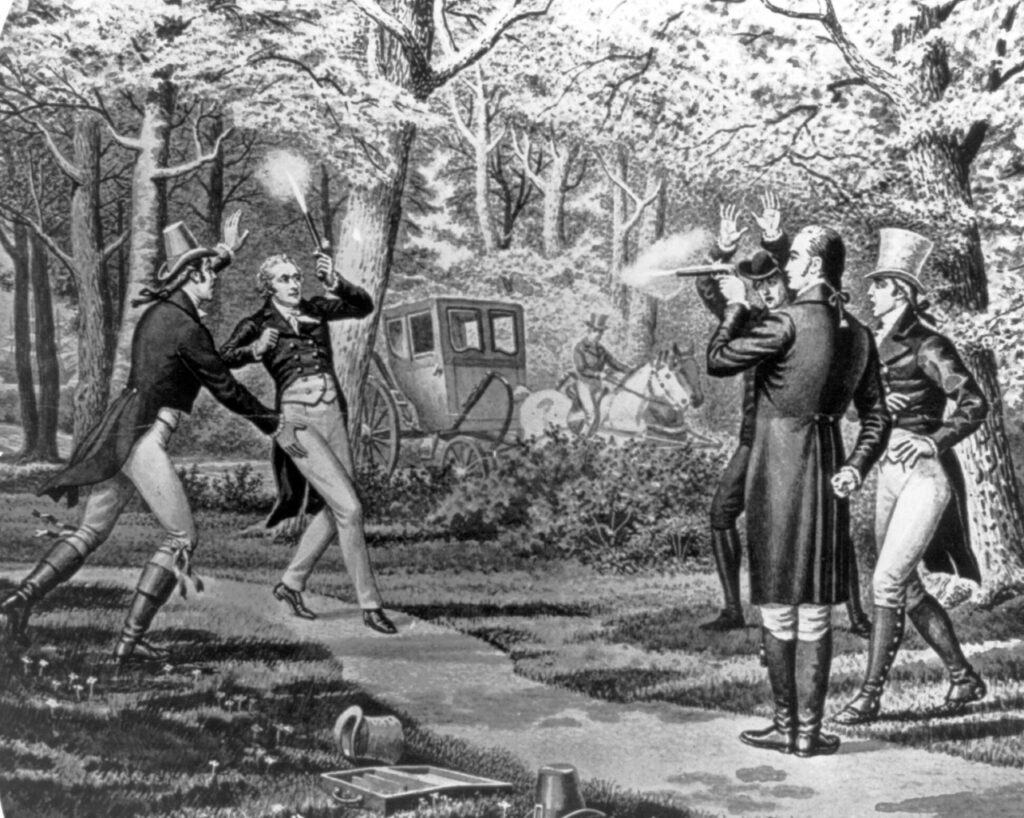

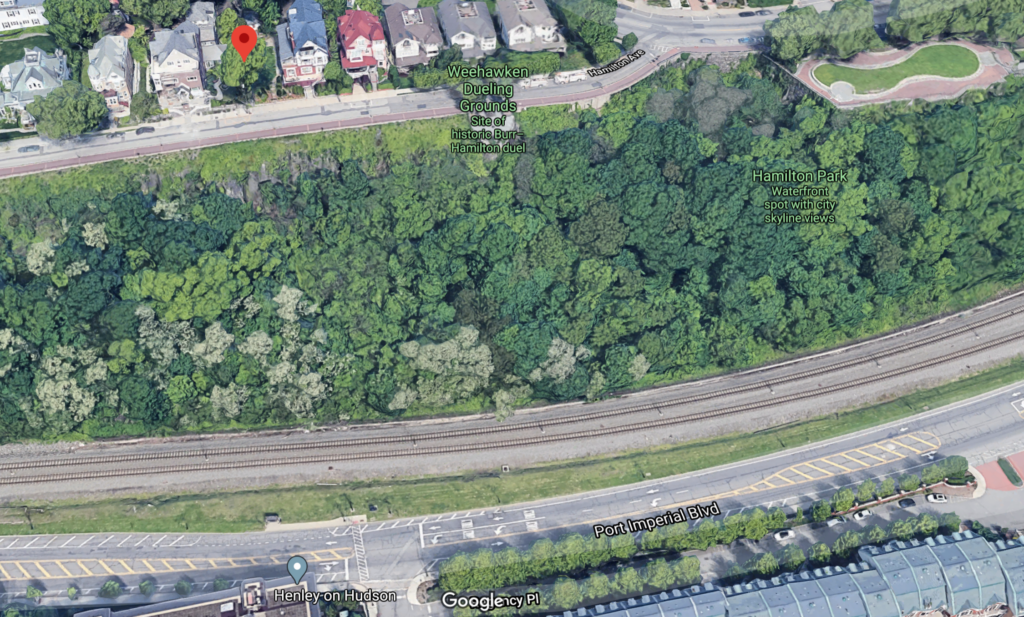
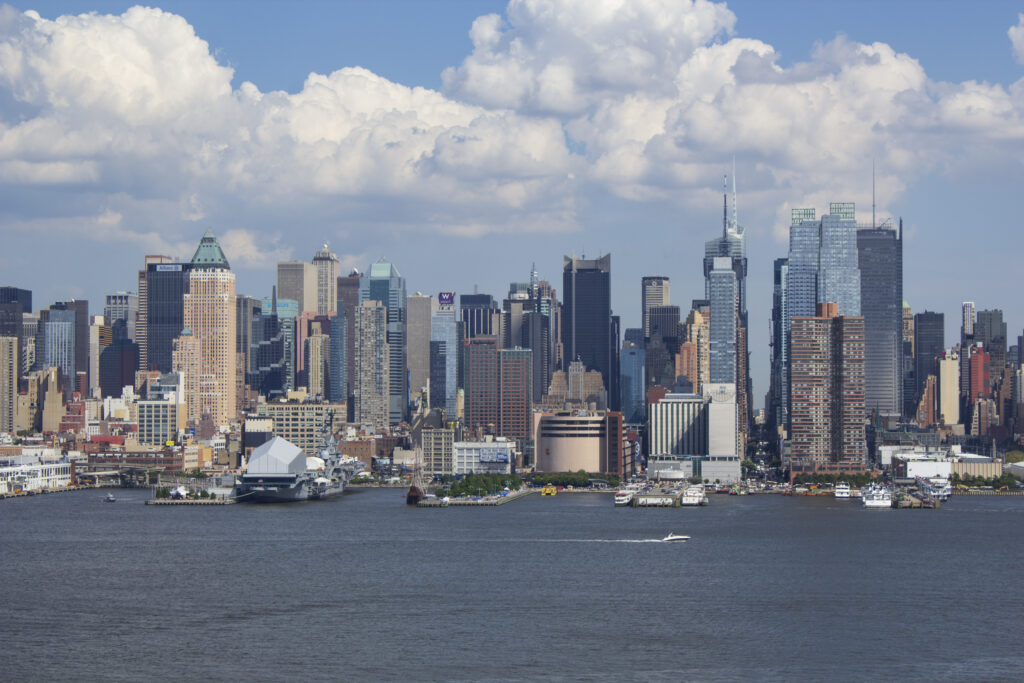
Tags: newjersey